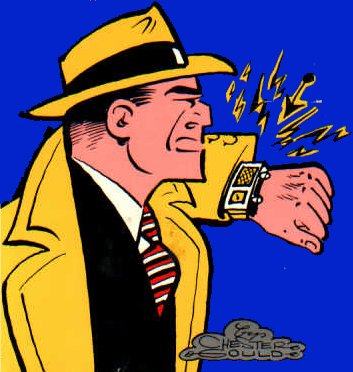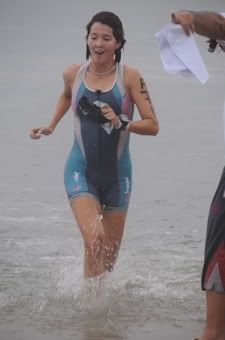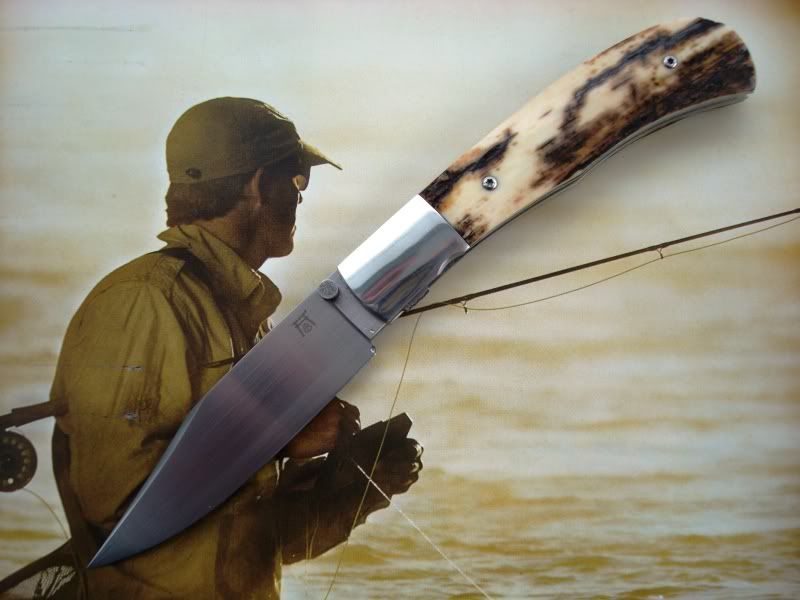
We've all been hearing and reading what's happened in India these past weeks. Now that the events have subsided and the finger-pointing and blame game of "should have/would have/might have" as well as the usual FOI (failure of intelligence) has started, let's leave those issues to the concerned authorities. Frankly, there are far too many cultural, political, procedural and operational matters to be taken on by this humble blog and for me to play "armchair analyst".
Five years ago, while researching and trying to understand the threat dynamics of this phenomenon, I was struck by the fact that, operational and policy-wise, there was no clear and established definition for the concept of "terrorism"! In actuality, the policy and security experts haven't come to a satisfactory one yet. Part of the difficulty in defining it is that each group has it's own driving motivations and agendas for committing such acts. Broadly speaking, they fall into the following categories: Ideological, Political, Religious/Quasi-Religious/Cultist, Financial and Insane (the types of foes fought by James Bond wanting global domination do have their own equivalents in real life). I subscribe to the thoughts of noted expert Dr. Boaz Ganor
So I looked to the Israelis (whom the aforementioned Dr. Ganor happens to be). Although terrorism is a world-wide occurrence affecting all societies, if there was ever a people who had to live with this kind of threat almost on a daily basis, it would be them. They have been targets since long ago being situated only a stone's throw away from areas of radical Islamic groups that breed this kind of endeavor either by way of ideology or activity (Islamic Jihad, Hamas, Hezbollah, Abu Nidal are well known. The Osama Bin Laden-linked Al Qaeda is really more of a network base for logistics and support).
In Bombay, there was a lot chaos, fear, confusion, smoke and gunfire. Lest we forget, India is also a developing country like us here in the Philippines, in which the social facilities and infrastructures are still inadequate as well as resources being stretched thin because of its exploding population. When all that happens we can not just solely rely on the government to come and get us out of a bind. We NEED to do something ourselves and not succumb to hoping for immediate aid which may not come right away. Let me be clear though: I am not saying that we should abandon the concept of government and institutional identity and support altogether. In a way we are helping it by helping ourselves.
The vast majority of us are not going to be kicking down doors in teams with H&K MP5's and flash-bang grenades at the ready. Instead, these simple steps can make surviving such events easier (Note: This is also a similar approach when dealing with catastrophes and calamities. The key is getting everyone in the family on board with the plan) -
1. Being aware and vigilant. We may never know when and where an attack like this might happen, so while we're still in the pre-incident or pre-event "yellow alert" stage, let's keep our awareness in our neighborhoods and surroundings heightened. Civic-mindedness doesn't stop there though. Don't be afraid to call the authorities for anything you suspect highly criminal or illegal. The sooner every bit of relevant info comes to alert and aid the authorities the better, to foil or diffuse whatever plot is afoot (by the term "relevant" I mean exercising prudence or good judgment in how we perceive things. Causing undue alarm for the police, first responders and local officials about something trivial won't help anybody and you end-up on their bad side!).
2. In the event of an actual attack, DON'T PANIC. It's natural to be afraid. Panicking and losing your head is a different matter altogether. Fear may help, as it puts you on your toes and makes you do something productive. Panic kills and worsens the situation.
3. Plan ahead. Heads of families are encouraged to make a family-based contingency plan. Each family member has to understand the conditions for what, how and when this plan goes active. Examining your living situation and lifestyle is a good start. Questions like how secure is your house? Where is it located? Does it have a good route to and from a major road? What limitations present themselves in the household? (i.e. - the elderly or infirmed members). Evacuation or exit plans? Of special note are little children, as the need to explain and emphasize what to do becomes apparent.
4. Keep the means and lines of communication accessible and at the ready. As cell phones are now an integral part of our lives, let's make sure they're functional and in-service (post-paid accounts paid up and extra pre-paid load cards ready and unexpired). This is critical if certain family members are away or become separated or the need to contact the authorities arises (frankly though, at this time they might responding or attending to multiple or more severe cases). Same goes for the family car or vehicle.
5. If evacuation or relocation becomes necessary, establish a "safe haven" location. A secure place other than the home such as with relatives or a location with some meager living conditions would suffice.
In summary: Have a plan beforehand. Ready the resources. Don't panic.
Ingat tayong lahat. Be safe!

(Photo from NYTimes.com)

(Terrorist gunman Ajmal Amir Kasab. Reuters)






















































